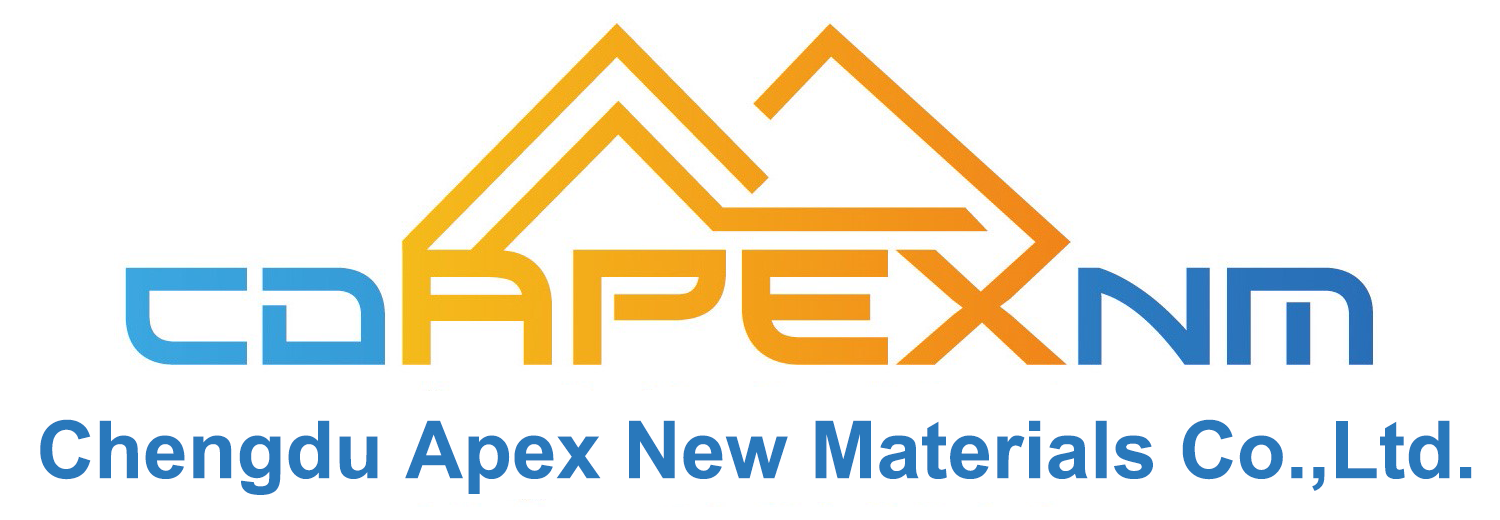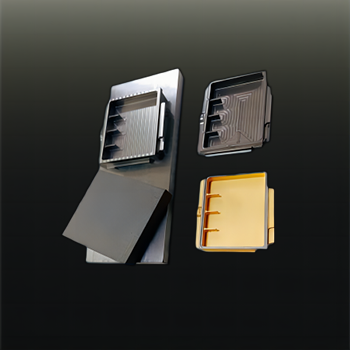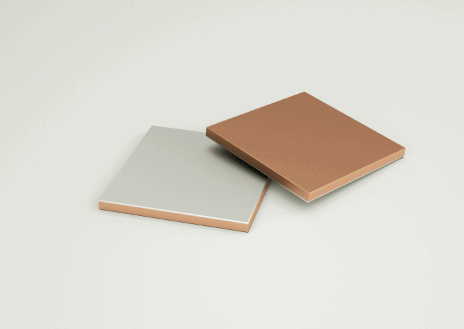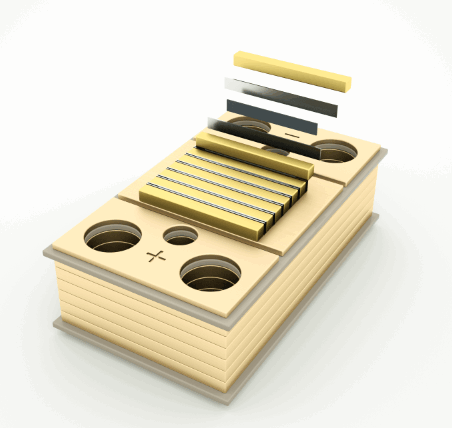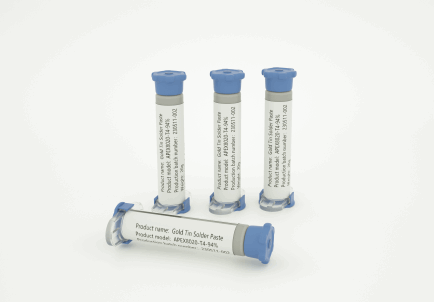Advancing Sustainability in Soldering: Closed-Loop Recycling, Bio-Based Fluxes & Low-Ag Alloys
Sustainability & Circular Economy Initiatives in Soldering
As the electronics industry grows, so does the e-waste crisis. The European union’s Circular Economy Action Plan (CEAP) is setting new sustainability standards, urging manufacturers to adopt closed-loop recycling, bio-based fluxes, and low-silver alloys to minimize environmental impact. These initiatives are reshaping the industry, reducing emissions, and promoting resource efficiency.
Closed-Loop Solder Recycling: A Key to Circular Economy Goals
E-waste is the fastest-growing waste stream globally, with over 53.6 million metric tons generated in 2019 alone (Global E-Waste Monitor, 2020). The EU aims to increase electronics recycling rates to 85% by 2030, making closed-loop solder recycling essential for achieving sustainability goals.
- What is Closed-Loop Solder Recycling?
This process collects used solder, refines it, and reintroduces it into manufacturing, reducing raw material dependency. - Market Impact: The global solder recycling market is projected to grow at 6.2% CAGR by 2030 due to increasing regulatory pressure (Allied Market Research, 2023).
- Industry Adoption: Leading manufacturers are integrating closed-loop systems to lower costs and comply with new EU WEEE (Waste Electrical and Electronic Equipment) regulations.
Discover eco-friendly solder solutions that support a circular economy.
Bio-Based Fluxes & Green Manufacturing: Reducing VOC Emissions
Traditional soldering fluxes emit volatile organic compounds (VOCs), contributing to air pollution and workplace hazards. The shift to bio-based fluxes offers a sustainable alternative.
- The Problem with VOCs: Industrial soldering accounts for 10% of total VOC emissions in electronics manufacturing (EPA Report, 2022).
- Bio-Based Solutions: New flux formulations use plant-derived rosin instead of petroleum-based resins, lowering VOC emissions by up to 60%.
- Regulatory Push: The EU and the U.S. are tightening VOC emission standards, making bio-based fluxes a necessity for compliance.
Explore low-VOC soldering solutions to enhance green manufacturing efforts.
Lifecycle Assessment: SAC305 vs. Low-Ag Alloys
Silver-based solder alloys like SAC305 (Sn-Ag-Cu) are widely used but face cost and supply chain issues. Low-silver (Low-Ag) alternatives offer lower environmental impact and cost efficiency.
- Raw Material Challenges: The price of silver surged by 30% in 2023, making SAC305 increasingly expensive.
- Environmental Benefits: A Lifecycle Assessment (LCA) shows that Low-Ag alloys reduce CO₂ emissions by 25% and extend product life due to improved thermal cycling performance.
- Performance & Reliability: New alloys maintain high reliability while cutting down the reliance on scarce silver resources.
Shaping the Future of Sustainable Soldering
As the industry moves towards a circular economy, companies must embrace closed-loop recycling, bio-based fluxes, and Low-Ag alloys to stay compliant and competitive. Sustainability is no longer optional—it’s a business imperative.
